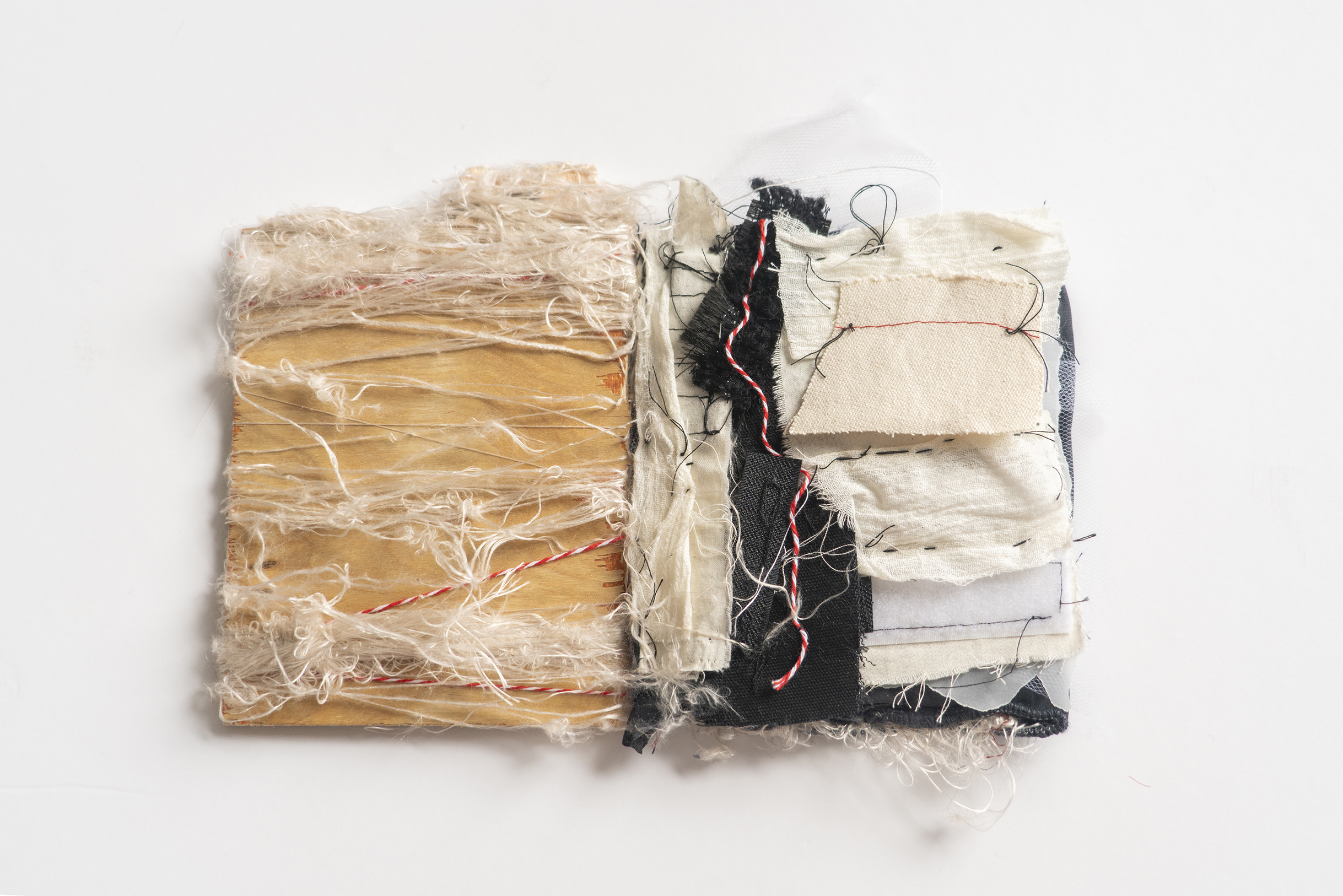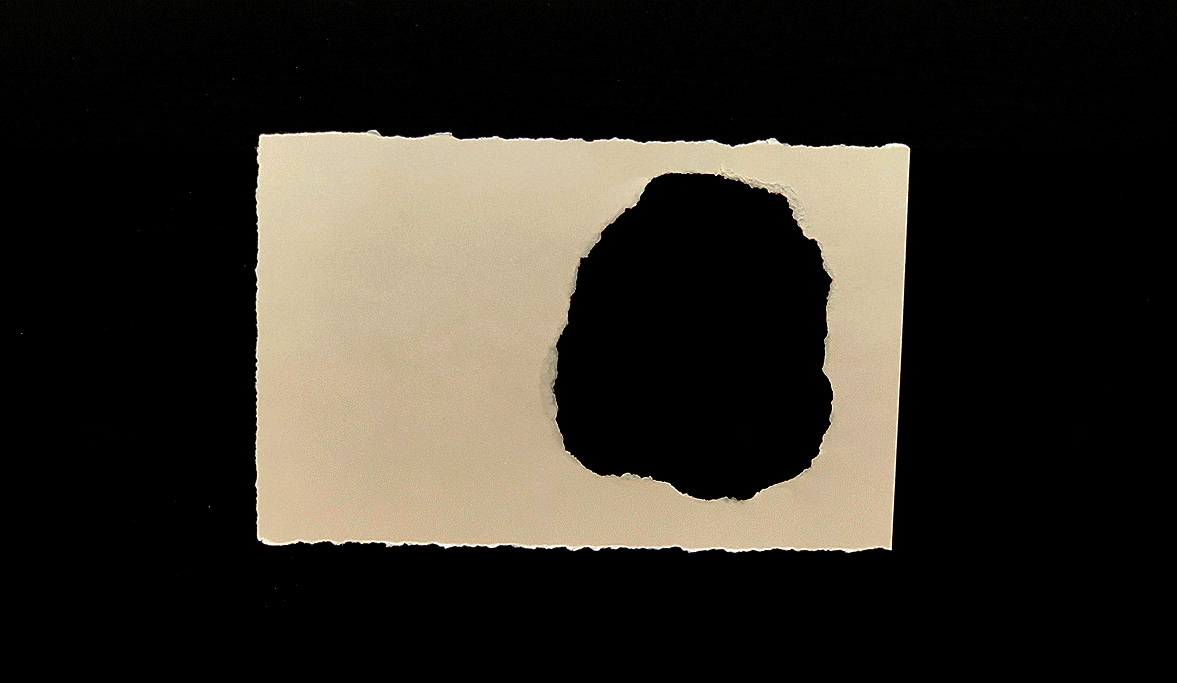Fuzzy Language. A visual language.
Yuxuan Liu
Fuzzy Language is a visual language that we hardly notice. Fuzzy Language communicates at a slow-pace, implicitly, ambiguously, and open-endedly. It uses physical traces as a medium to engage, provoke, and inspire audiences. Instead of directly presenting meaning, it provides an atmosphere for the viewer to actively analyze the information and interpret it in their own way. The accuracy of the meaning is no longer the most important factor, for it may hold not one, but multiple meanings. This thesis analyzes Fuzzy Language from its five characteristics: obscure, indexical, evoking, empathetic, and intuitive.

001
The materials of this book were all old materials I found around my life. I intentionally keep it on a small scale, like the dairy book we used in our childhood. I want the viewer to feel a sense of intimacy when they hold this book in their hands.





∞
This is a 99-pages book that I tore by hand, and I describe it as “living traces”. This book asks: Will physical traces stand forever? How does time influence the interpretation of fuzzy language?

unheard
This is a video focusing on the exploration of the evoking abilities of sounds. Playing with the familiarity and unfamiliarity, this video holds many layers of audio, and contains strong subjective emotions.